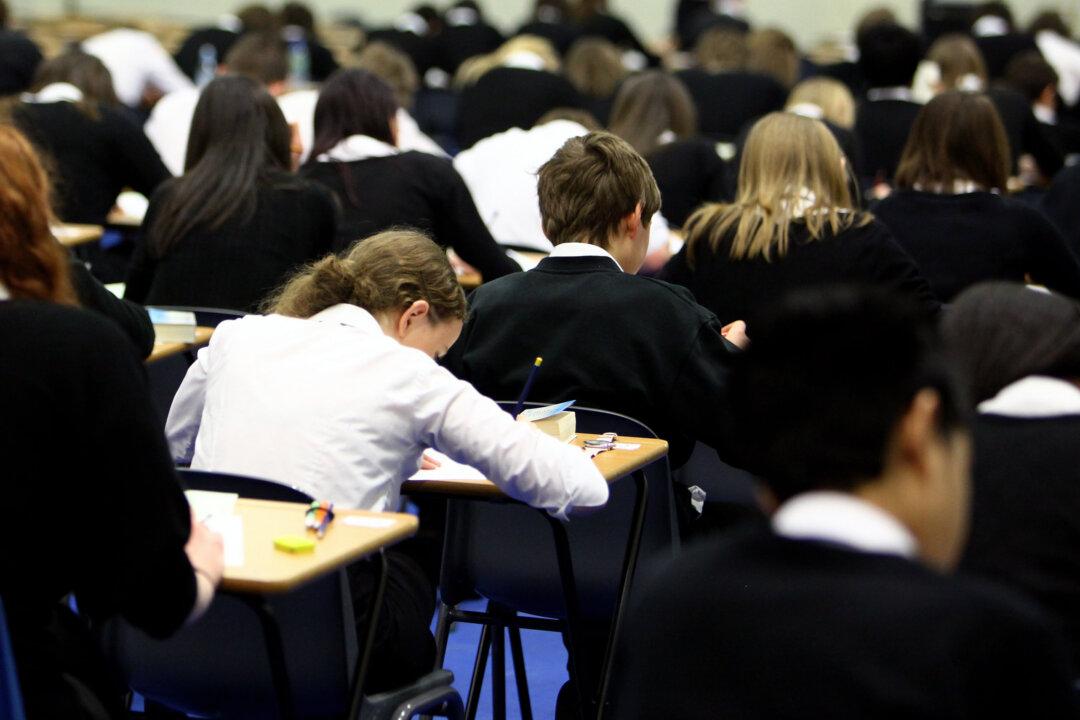White British pupils across several education phases have performed worse than their peers, a report has suggested.
An Education Policy Institute (EPI) report has examined the attainment gap in schools in England before the pandemic and last year.

White British pupils across several education phases have performed worse than their peers, a report has suggested.